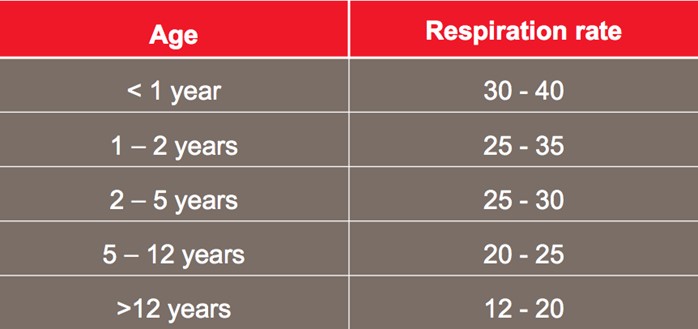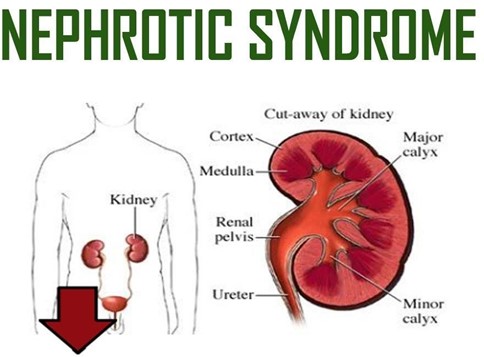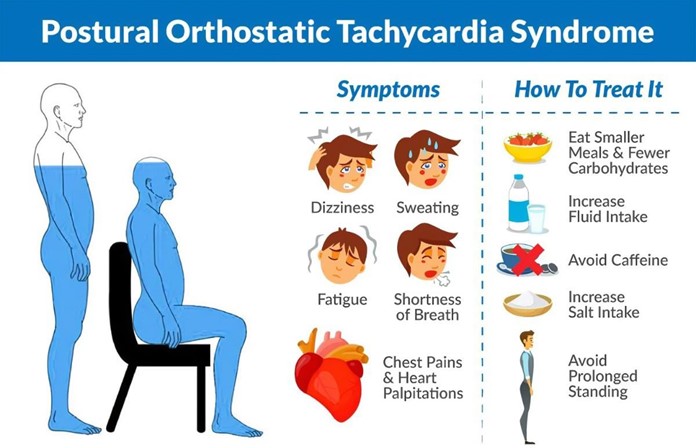A postoperative client's respiratory rate decreased from 14 breaths/minute to 6 breaths/minute after administration of an opioid analgesic. Thirty minutes later, the client's respiratory rate decreases to 4 breaths/minute, and the nurse caring for the client notifies the healthcare provider and administers a dose of intravenous (IV) naloxone. The charge nurse should counsel the nurse regarding which intervention?
The initial administration of the analgesic.
The decision regarding when to call the healthcare provider.
The documentation of the client's respiratory rate.
The administration of naloxone via IV.
The Correct Answer is B
Choice A Reason: The initial administration of the analgesic is not an intervention that the charge nurse should counsel the nurse about. The opioid analgesic was prescribed by the healthcare provider and was appropriate for the postoperative pain management of the client.
Choice B Reason: The decision regarding when to call the healthcare provider is an intervention that the charge nurse should counsel the nurse about. The nurse should have called the healthcare provider as soon as the client's
respiratory rate decreased to 6 breaths/minute, which is a sign of opioid-induced respiratory depression. Waiting for another 30 minutes until the respiratory rate decreased to 4 breaths/minute could have put the client at risk of hypoxia, brain damage, or death.
Choice C Reason: The documentation of the client's respiratory rate is not an intervention that the charge nurse should counsel the nurse about. The nurse documented the client's respiratory rate accurately and timely, which is part of the standard of care and legal responsibility of the nurse.
Choice D Reason: The administration of naloxone via IV is not an intervention that the charge nurse should counsel the nurse about. Naloxone is an opioid antagonist that reverses the effects of opioids and restores normal respiration. Administering naloxone via IV is the fastest and most effective way to treat opioid-induced respiratory depression.

Nursing Test Bank
Naxlex Comprehensive Predictor Exams
Related Questions
Correct Answer is D
Explanation
Choice A Reason: A subtotal thyroidectomy is a major surgery that involves the removal of part of the thyroid gland. The client may have complications such as bleeding, infection, hypocalcemia, or vocal cord damage. The client also needs close monitoring of vital signs, blood transfusion, and airway patency. This client is not stable enough to be transferred to a general unit.
Choice B Reason: A combined partial and full-thickness burn is a serious injury that involves damage to the epidermis, dermis, and underlying tissues. The client may have complications such as infection, fluid loss, hypovolemia, shock, or respiratory distress. The client also needs wound care, pain management, fluid replacement, and oxygen therapy. This client is not stable enough to be transferred to a general unit.
Choice C Reason: A renal transplant is a major surgery that involves the replacement of a diseased kidney with a healthy one from a donor. The client may have complications such as rejection, infection, bleeding, thrombosis, or urinary obstruction. The client also needs immunosuppressive therapy, anti-infective therapy, fluid and electrolyte balance, and pain management. This client is not stable enough to be transferred to a general unit.
Choice D Reason: Nephrotic syndrome is a kidney disorder that causes excessive protein loss in the urine, leading to low serum protein levels and edema. The client may have complications such as infection, thromboembolism, or malnutrition. The client needs diuretic therapy, protein replacement, dietary modification, and infection prevention. This client is relatively stable and can be transferred to a general unit.

Correct Answer is A
Explanation
Choice A reason: This client has signs of dehydration and fluid volume deficit, which can lead to shock, a life-threatening condition that occurs when the body's organs are not receiving enough blood flow. The nurse should monitor the client's vital signs, urine output, skin color, and level of consciousness, and report any changes to the physician.
Choice B reason: Initiating enteric precaution procedures is important to prevent the spread of infection, as vomiting and diarrhea may be caused by a contagious pathogen. However, this is not the most important action for the nurse to implement, as it does not address the client's immediate risk of shock.
Choice C reason: Reducing light, noise and temperature may help the client feel more comfortable and reduce nausea, but it is not the most important action for the nurse to implement, as it does not address the client's fluid volume deficit and potential shock.
Choice D reason: Encouraging electrolyte supplements may help replenish the electrolytes lost through vomiting and diarrhea, but it is not the most important action for the nurse to implement, as it may not be enough to restore the fluid balance and prevent shock. The client may need intravenous fluids and medications to correct the dehydration and hypotension.

Whether you are a student looking to ace your exams or a practicing nurse seeking to enhance your expertise , our nursing education contents will empower you with the confidence and competence to make a difference in the lives of patients and become a respected leader in the healthcare field.
Visit Naxlex, invest in your future and unlock endless possibilities with our unparalleled nursing education contents today
Report Wrong Answer on the Current Question
Do you disagree with the answer? If yes, what is your expected answer? Explain.
Kindly be descriptive with the issue you are facing.
